By employing a neural network, the company says its numbers will be more accurate—and allow it to offer to buy more homes.
Get the latest international news and world events from around the world.
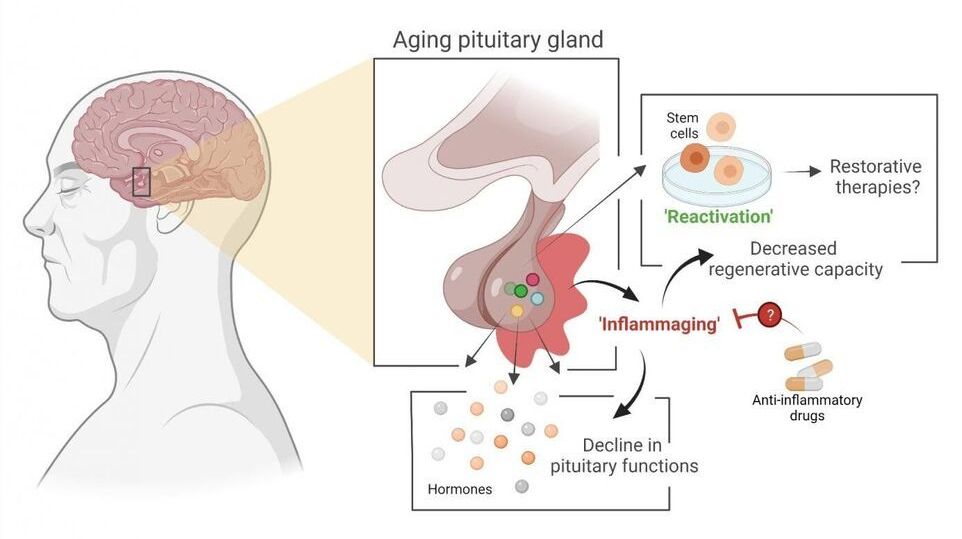
Pituitary gland aging can potentially be slowed down
Stem cell biologist Hugo Vankelecom (KU Leuven) and his colleagues have discovered that the pituitary gland in mice ages as the result of an age-related form of chronic inflammation. It may be possible to slow down this process or even partially repair it. The researchers have published their findings in PNAS.
The pituitary gland is a small, globular gland located underneath the brain that plays a major role in the hormonal system, explains Professor Hugo Vankelecom from the Department of Development and Regeneration at KU Leuven. “My research group discovered that the pituitary gland ages as a result of a form of chronic inflammation that affects tissue and even the organism as a whole. This natural process usually goes unnoticed and is referred to as ‘inflammaging’—a contraction of inflammation and aging. Inflammaging has previously been linked to the aging of other organs.” Due to the central role played by the pituitary, its aging may contribute to the reduction of hormonal processes and hormone levels in our body—as is the case with menopause, for instance.
The study also provides significant insight into the stem cells in the aging pituitary gland. In 2012, Vankelecom and his colleagues showed that a prompt reaction of these stem cells to injury in the gland leads to repair of the tissue, even in adult animals. “As a result of this new study, we now know that stem cells in the pituitary do not lose this regenerative capacity when the organism ages. In fact, the stem cells are only unable to do their job because, over time, the pituitary becomes an ‘inflammatory environment’ as a result of the chronic inflammation. But as soon as the stem cells are taken out of this environment, they show the same properties as stem cells from a young pituitary.”
When can we begin to apply age reversal gene therapies to humans? Harvards David Sinclair explains
In a minute and 27 seconds we get the what from an eye regeneration for mice, to monkey trials to start later this year, to human trials by 2023, and full body in a decade.
David Sinclair—a world-leading biologist, Harvard Medical School Professor, and author of The New York Times best-selling book @Lifespan.
🧬 His work on understanding why we age and how to slow down the aging process has contributed significantly to getting the longevity science to where it is today. David’s numerous discoveries have been published in the most respected scientific journals. He co-founded many biotech companies, including Life Biosciences, MetroBiotech, and InsideTracker.
🧬 David has received more than 25 awards and honors for his research. He was included in TIME Magazine’s list of the “100 most influential people in the world” in 2014 and “50 Most Influential People in Health Care” in 2018.
🧬 David and his colleagues have recently published a Nature paper with extraordinary results of their epigenetic reprogramming therapy that has successfully restored vision in mice. The paper has become the most accessed paper in the past 12 months at the journal.
Living in the Post-pandemic USA
This article is an excerpt from a report by Partners in Foresight, The Home of the 2020s: Scenarios for How We Might Live in the Post-Pandemic Future.
Scenario Vignette 1: Hotel Life
Hotels and abandoned malls become pandemic-proof senior citizen communities
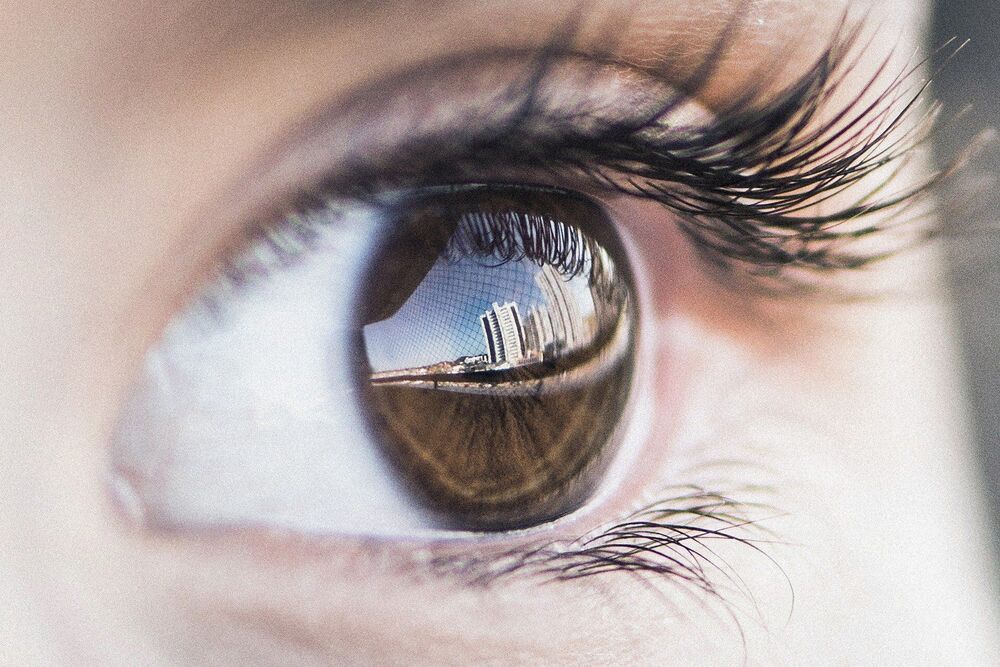
A frozen leap forward for age-related macular degeneration stem cell-based therapy
The resulting implant consists of cells attached to the scaffold, which permits the targeted delivery of therapeutic cells to the diseased region within the eye. A non-cryopreserved formulation of this cellular therapy is being employed in an ongoing Phase I/IIa clinical trial sponsored by RPT. The cryopreserved formulation enabled by the work of Pennington and colleagues will facilitate anticipated Phase IIb and Phase III clinical trials as well as ultimate commercialization and clinical application of the product.
Scientists at UC Santa Barbara, University of Southern California (USC), and the biotechnology company Regenerative Patch Technologies LLC (RPT) have reported new methodology for preservation of RPT’s stem cell-based therapy for age-related macular degeneration (AMD).
The new research, recently published in Scientific Reports, optimizes the conditions to cryopreserve, or freeze, an implant consisting of a single layer of ocular cells generated from human embryonic stem cells supported by a flexible scaffold about 3×6 mm in size. This implant is currently in clinical trial for the treatment of AMD, the leading cause of blindness in aging populations. The results demonstrate that the implant can be frozen, stored for long periods and distributed in frozen form to clinical sites where it is designed to be thawed and immediately implanted into the eyes of patients with macular degeneration. The capacity to cryopreserve this and other cell-based therapeutics will extend shelf life and enable on-demand distribution to distant clinical sites, increasing the number of patients able to benefit from such treatments.
The report published by lead author Britney Pennington and colleagues achieves a milestone that brings ocular implants one step closer to the clinic. “This is the first published report that demonstrates high viability and function of adherent ocular cells following cryopreservation, even after long-term frozen storage,” said Pennington, head of process development at RPT and assistant project scientist at UC Santa Barbara.
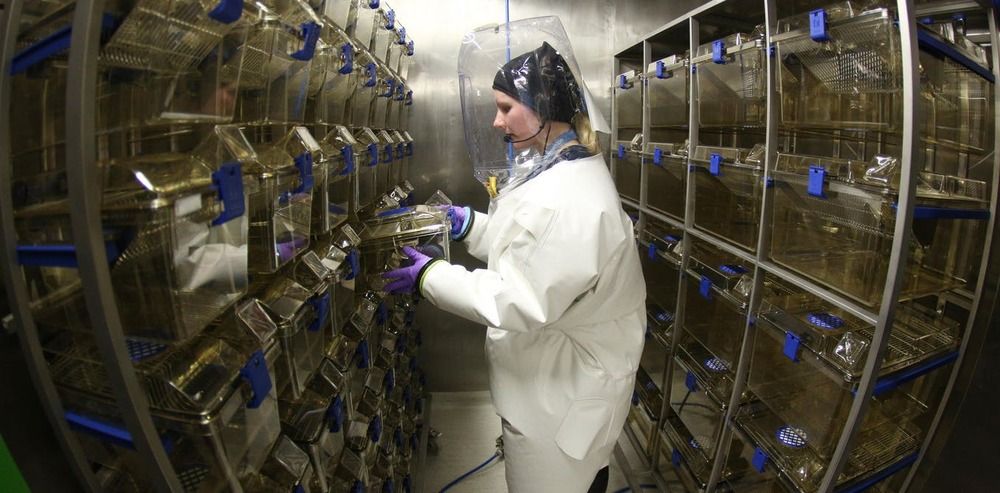
Fifty-nine labs around world handle the deadliest pathogens – only a quarter score high on safety
Not the most informative article, but it does have a map giving you an idea of how many of these facilities exist and in which countries. China is not the only place with labs.
Three of the 23 countries with BSL4 labs (Australia, Canada and the US) have national policies for oversight of dual-use research. At least three other countries (Germany, Switzerland and the UK) have some form of dual-use oversight, where, for instance, funding bodies require their grant recipients to review their research for dual-use implications.
Rising demand for BSL4 labs
That still leaves a large proportion of scientific research on coronaviruses carried out in countries with no oversight of dual-use research or gain-of-function experiments. This is particularly concerning as gain-of-function research with coronaviruses is likely to increase as scientists seek to better understand these viruses and to identify which viruses pose a higher risk of jumping from animals to humans or becoming transmissible between humans. More countries are expected to seek BSL4 labs, too, in the wake of the pandemic as part of a renewed emphasis on pandemic preparedness and response.

Vegans Diets and Longevity: What Existing Science Actually Says
The World Health Organization classifies processed meat as a Group 1 carcinogen. Processed meat includes ham, sausage, bacon, pepperoni; they’re meats that have been preserved with salt or smoke, meat that has been cured, and meat treated with chemical preserves. Other Group 1 carcinogens include formaldehyde, tobacco, and UV radiation. Group 1 carcinogens have ‘enough evidence to conclude that it can cause cancer in humans.’
There is no question whether or not our current meat production complex is inhumane, unsanitary, or bad for the environment. Almost all chickens (99.9%), turkeys (99.8%), and most cows (70.4%) eaten in the United States are raised on factory farms. There are horrific consequences to this practice.
For example, the EPA estimates agriculture is the biggest contaminator of rivers and streams, to the point where feedlots, crop production, and manure runoff have led almost half (46%) of the U.S.’s rivers to be “in poor biological condition.”
Scientific American also explains, “TDM-approved feed containing antibiotics [are] a necessity if [factory farm animals] were to stay healthy in their crowded, manure-gilded home. Antibiotics also help farm animals grow faster on less food, so their use has long been a staple of industrial farming.” Many scientists worry that antibiotics used at such a scale on farms create unstoppable, drug-resistant bacteria that can transfer to humans; think inconveniences like nose infections or UTIs turned deadly because of the lack of antibiotics available to treat them.
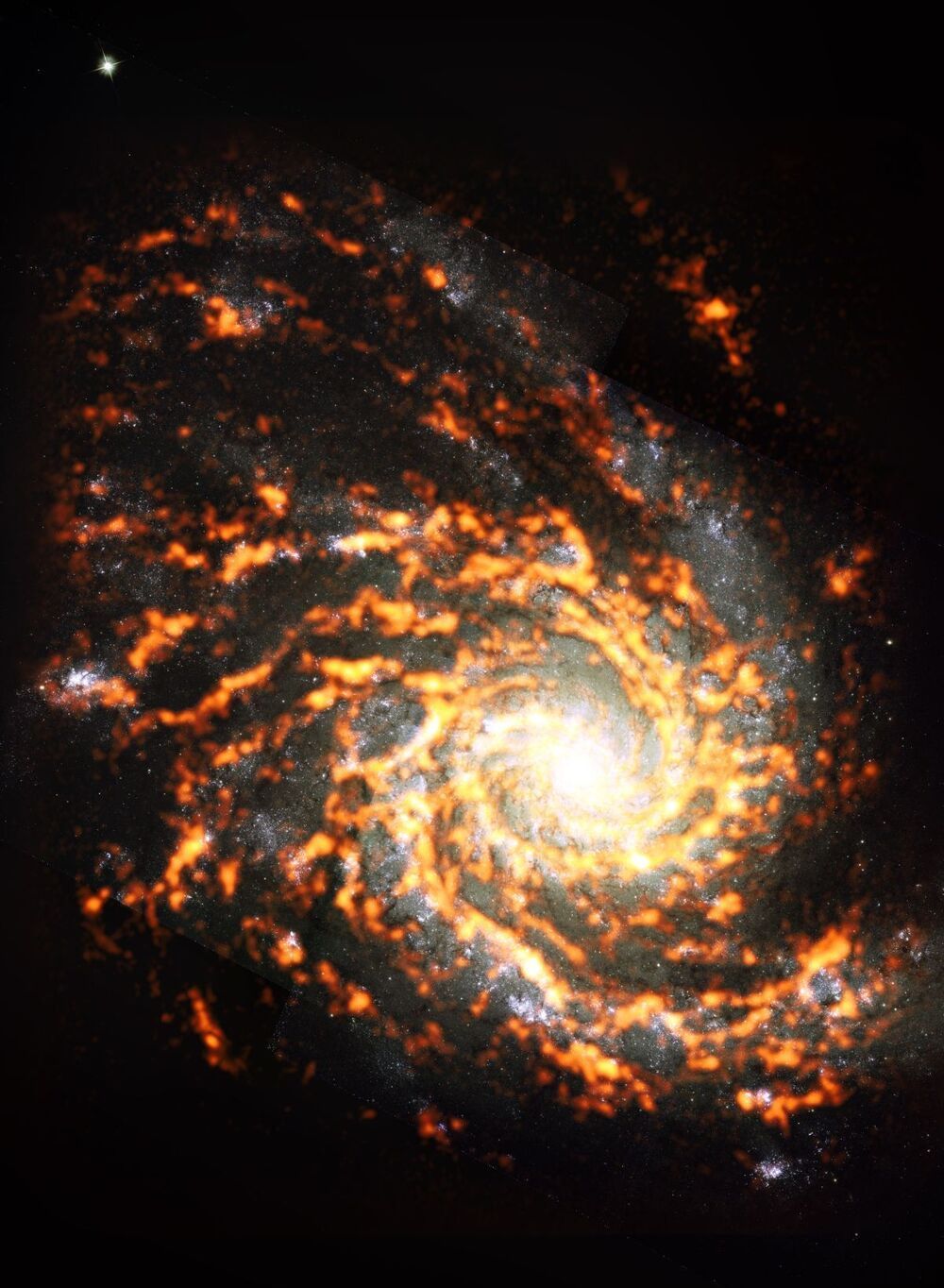
100,000 Star Nurseries Mapped in First-Of-Its-Kind Survey
Livescience.com|By LiveScience
The five-year survey, conducted across a section of the cosmos known as the nearby universe because of its proximity to our own galaxy, used the Atacama Large Millimeter/Submillimeter Array (ALMA) radio telescope located in Chile’s Atacama Desert. By conducting their survey in the radio part of the electromagnetic spectrum, rather than the optical part, the astronomers could focus on the faint glow from the dust and gas of the dark and dense molecular clouds, as opposed to the visible light from the young stars birthed by them.
This allowed the researchers to study how a star’s home cloud shapes its formation.
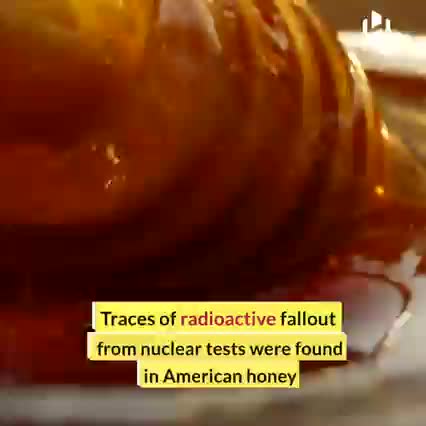
Selenium: How Much Is Optimal For Health?
For those who track their diet, eating only the RDA for many nutrients may not optimize health. For example, the RDA for selenium is 55 micrograms per day, but is that amount optimal for reducing risk of death for all causes?
Papers referenced in the video:
The role of mitochondrial DNA mutations and free radicals in disease and ageing.
https://pubmed.ncbi.nlm.nih.gov/23432181/
The Hallmarks of Aging.
https://pubmed.ncbi.nlm.nih.gov/23746838/
Dietary Reference Intakes for Vitamin C, Vitamin E, Selenium, and Carotenoids.